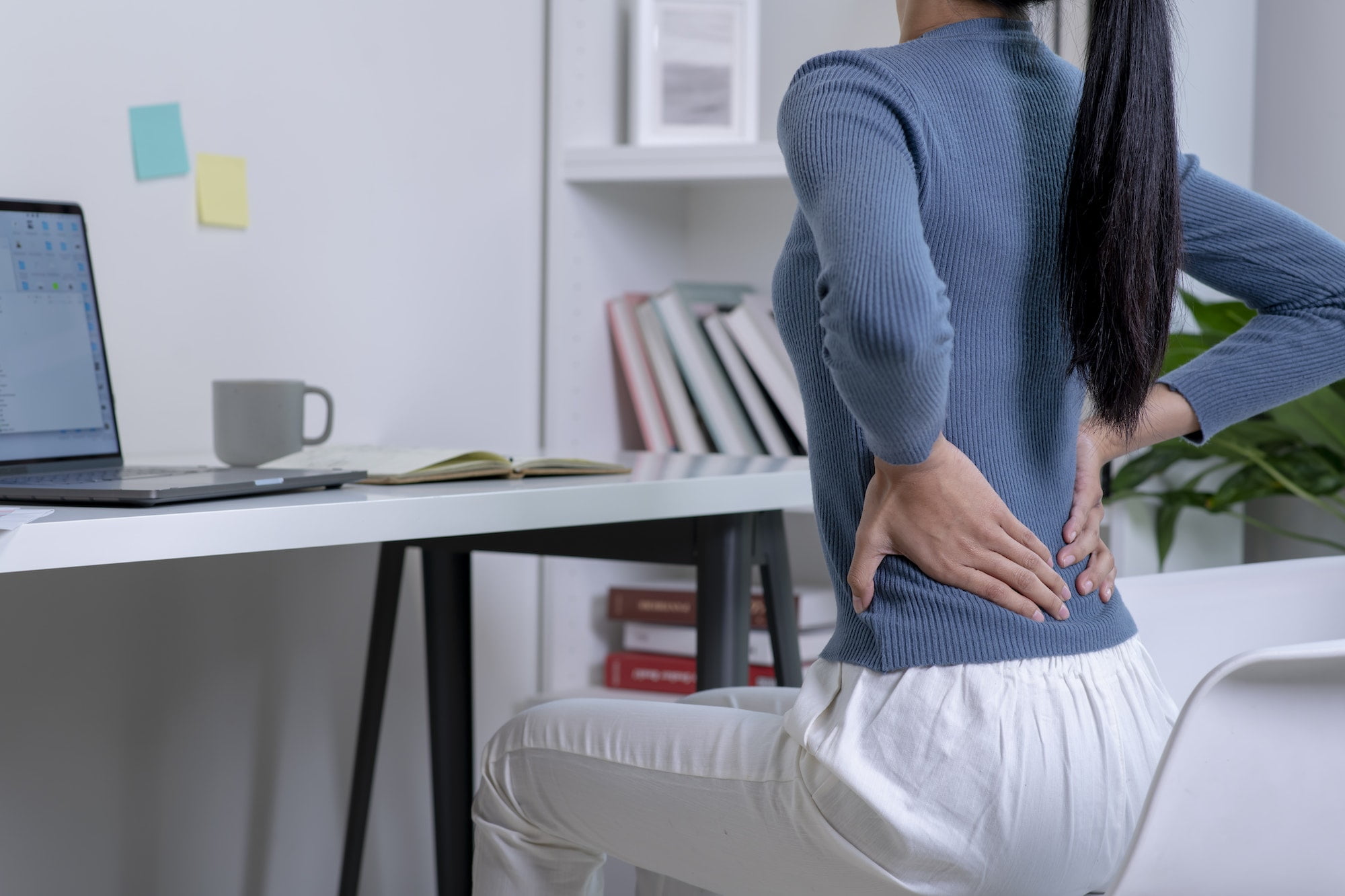Your spine is the foundation of your body and taking care of it should be your top priority. The spine supports your body and allows you to move, bend, and twist. Unfortunately, many of us don’t take time to properly care for our spines and end up with back pain and other issues.
Slipped discs are one of the most common spine issues and can cause extreme discomfort. Fortunately, there are exercises that can help strengthen your spine, prevent slipped discs, and protect your back. Here are some exercises and tips to keep your spine healthy and strong.
Core Strengthening Exercises
Strengthening your core muscles is essential for protecting your spine. Strengthening your abdominal muscles, lower back, and hips will help support your spine and prevent slipped discs. Here are some core strengthening exercises that you can do to keep your spine healthy.
- Crunches: Lie on your back and bend your knees. Place your hands behind your head and curl your torso up until your shoulder blades are off the floor. Slowly lower your torso back down. Repeat 10-15 times.
- Reverse Crunches: Lie on your back and place your hands by your sides. Bend your knees and bring them towards your chest. Slowly lower your legs back down. Repeat 10-15 times.
- Plank: Get down into a push-up position, but keep your elbows bent. Make sure your body is a straight line from your head to your toes. Hold the position for 30 seconds and then rest for 30 seconds. Repeat 3 times.
- Side Plank: Lie on your side and prop yourself up on your elbow. Lift your hips off the ground and hold the position for 30 seconds. Lower your hips back to the ground and rest for 30 seconds. Repeat 3 times.
These exercises can help strengthen your core and protect your spine. It’s important to make sure you are doing them correctly to prevent injury. If you are not sure how to do any of the exercises, it’s best to consult a physical therapist or doctor.
Stretching for Spine Health
Stretching is an important part of keeping your spine healthy. It helps improve flexibility, range of motion, and posture. Here are some stretching exercises that you can do to keep your spine healthy.
- Cat-Cow Pose: Get on all fours and make sure your hands are directly under your shoulders and your knees are directly under your hips. Look up and arch your back like a cat and then look down and round your back like a cow. Repeat 10 times.
- Child’s Pose: Get on all fours and sit back onto your heels. Reach your arms out in front of you and rest your forehead on the floor. Stay in the pose for 5-10 breaths.
- Cobra Pose: Lie on your stomach and place your hands flat on the floor beside your chest. Push up and arch your back while keeping your legs and feet on the ground. Hold the pose for 5-10 breaths.
- Seated Spinal Twist: Sit on the ground and cross your right leg over your left. Put your left hand on the ground behind you for support and place your right hand on your right knee. Twist to the right and hold for 5-10 breaths. Repeat on the other side.
Stretching can help improve your posture and keep your spine healthy. Make sure you are doing the stretches correctly to prevent injury. If you are not sure how to do any of the stretches, it’s best to consult a physical therapist or doctor.
Tips for Protecting Your Spine
In addition to exercising and stretching, there are some other tips that you can follow to protect your spine.
- Maintain a healthy weight: Being overweight can put extra strain on your spine. Maintaining a healthy weight can help reduce the strain on your spine and protect it.
- Wear comfortable shoes: Wearing shoes that provide support and cushioning can help protect your spine. Avoid shoes with high heels as they can cause your posture to be off and put extra strain on your spine.
- Sleep on your back or side: Sleeping on your back or side is better for your spine than sleeping on your stomach. Make sure your mattress is comfortable and provides support for your back.
- Sit up straight: Sitting up straight is important for protecting your spine. Make sure you are sitting up straight with your shoulders back and your feet flat on the floor.
- Lift with your legs: When lifting heavy objects, make sure you are using your legs, not your back. Bend your knees and keep your back straight when lifting objects.
Following these tips can help protect your spine and reduce the risk of slipped discs.
Seeking Professional Treatment
If you are experiencing back pain or have a slipped disc, it’s important to consult a professional. A doctor or physical therapist can help diagnose the issue and provide treatment options. Seeking professional treatment can help you get back to feeling your best and prevent further injury.
Taking care of your spine is essential for your overall health and well-being. Strengthening your core and stretching can help protect your spine and reduce the risk of slipped discs. Additionally, following the tips listed above can help keep your spine healthy and strong. If you are experiencing back pain or have a slipped disc, it’s important to seek professional treatment to get back to feeling your best.

